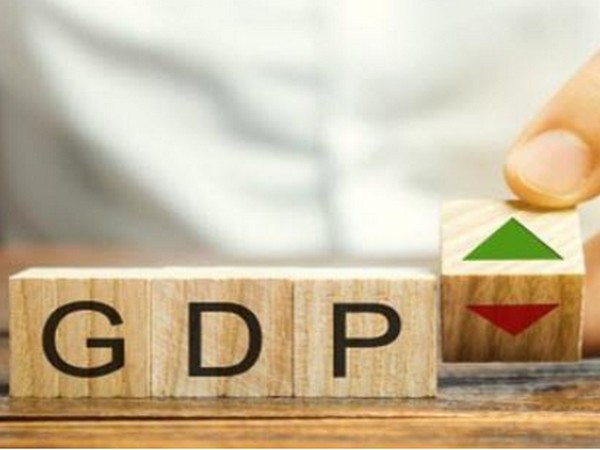New Delhi [India], April 28 (ANI): The Asian Development Bank (ADB) on Wednesday projected India’s gross domestic product (GDP) will rebound strongly by 11 per cent in fiscal year (FY) 2021 ending on March 31, 2022 due to continued economic recovery boosted by increased public investment, vaccine rollout and a surge in domestic demand.
The forecast assumes that vaccines are deployed extensively across the country and the second wave of the coronavirus disease (COVID-19) pandemic is contained.
In its latest flagship economic publication, Asian Development Outlook (ADO) 2021, ADB forecast India’s economic growth to moderate to 7 per cent in FY2022 as base effects disappear. The economy is expected to have contracted by 8 per cent in FY2020 in line with the government’s second advance estimate.
“India’s economy faced its worst contraction in FY2020 due to the COVID-19 shock. With large government stimulus and the ongoing vaccination drive, we expect economic activity will continue its recovery started from the third quarter of FY2020 and rebound strongly in the current fiscal year with an uptick in domestic demand, especially in urban services,” said ADB Country Director for India Takeo Konishi.
“The government’s boost to public investment through its infrastructure push, incentives for manufacturing, and continued support to boost rural incomes will support India’s accelerated recovery.”
Risks to the outlook tilt to the downside. An uncertain pandemic trajectory with a prolonged second wave despite the vaccination push could affect India’s economic normalisation. The forecast, however, expects the economic impact of the second wave to be relatively muted compared to the first wave in line with global experience.
Other downside risks include further tightening of global financial conditions on fast recovery in developed countries, which will apply pressure on India’s market interest rates.
Economic activity will continue to normalise and recover, backed by government measures over the past year including a large stimulus in FY2020 and a steep increase in capital expenditure budget in FY2021. Increased government expenditure on health care, water, and sanitation will strengthen the country’s resilience against future pandemics.
Private investment is expected to pick up on improving sentiment and risk appetite, as well as accommodative credit conditions. Domestic demand is expected to remain the main driver of growth.
A faster vaccine rollout will boost urban demand for services while the rural demand will be boosted by robust agriculture growth and continued government support to farmers by expanding irrigation, improving value chains, and increasing farm loan limits.
Forecast of a normal monsoon and bumper harvest of summer crops will further boost the agriculture sector. The government’s push to the manufacturing sector through the production-linked incentive scheme will expand domestic production and help integrate domestic manufacturing with global supply chains.
Inflation, after rising to 6.2 per cent in FY2020, is projected to moderate to 5.2 per cent in FY2021 as good harvests and supply chain recovery contain domestic food inflation. Inflation is expected to ease further to 4.8 per cent in FY2022 on moderating domestic demand as the economy returns to normal.
This will help the central bank maintain an accommodative stance by ensuring ample liquidity and keeping long-term interest rates from rising, said the ADO.
In FY2021, the current account deficit will equal to 1.1 per cent of GDP with imports outpacing exports on rising domestic demand and higher oil prices. Exports and imports will grow moderately in FY2022 as global demand normalises bringing down the current account deficit marginally to 1 per cent.
In FY2021, the fiscal deficit is budgeted to fall to the equivalent of 6.8 per cent of GDP with capital spending rising sharply from revised expenditure in FY2020 by 26.2 per cent. The government revised the fiscal deficit for FY2020 from 3.5 per cent of GDP before the pandemic to 9.5 per cent. (ANI)












